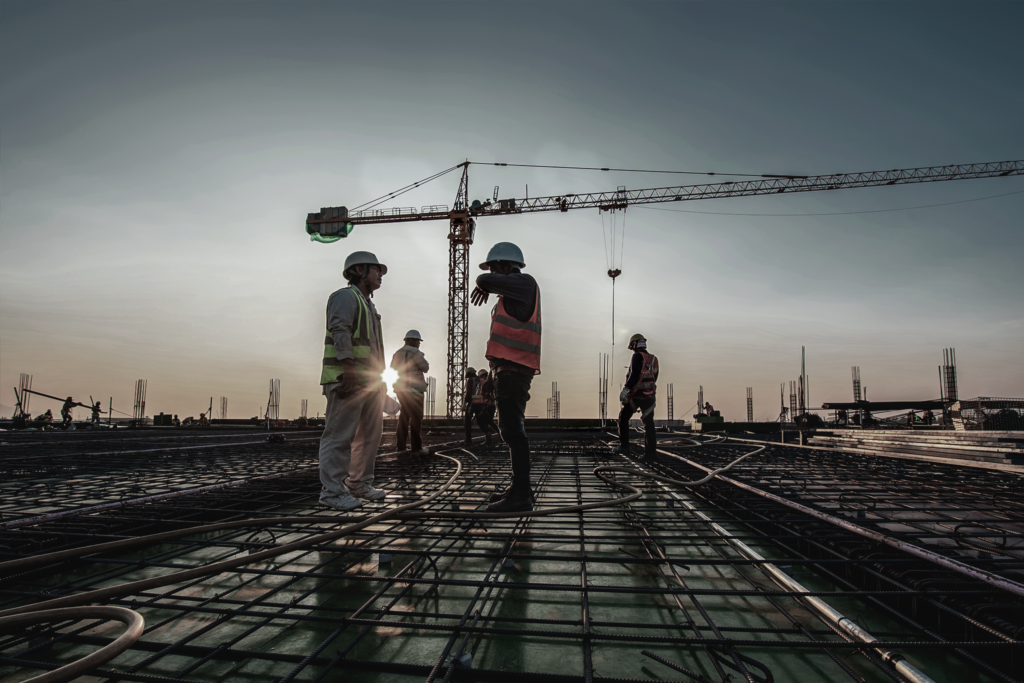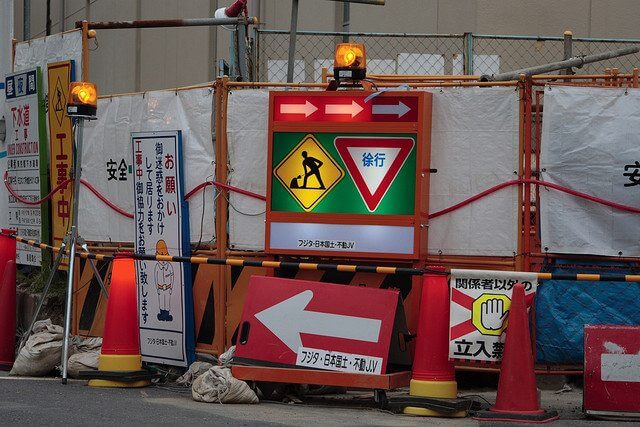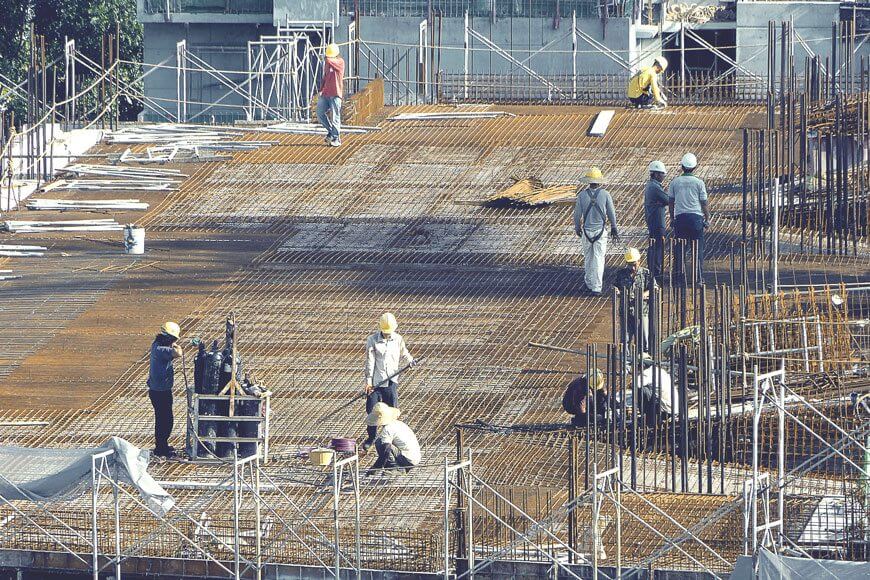What makes a construction project successful? Building quality, meeting deadlines, and staying on budget are all factors of success.
However, because construction sites are complex and no two projects are the same, bottlenecks are a common issue in the industry, resulting in costly delays no matter the project’s size or scale.
Let’s explore the best ways to prevent major bottlenecks in your construction projects.
Free eBook: Quick guide to Lean practices for construction professionals
1. Labour management
The only bottleneck affecting the construction industry in the EU more than material and supplier disruptions this year is the ongoing labour shortage. Not having enough skilled workers creates a bottleneck in construction projects that can have devastating effects on project managers, general contractors, and their teams.
Preventing this bottleneck from affecting your construction projects relies on emphasising worker training and upskilling.
While material shortages and supply chain disruptions are more likely to be short-term issues in the industry, the labour problem isn’t something that will go away on its own.
And with construction activities in the EU on the rise despite these labour shortages, the long-term solution lies in attracting younger people to the industry with competitive wages, ongoing education, and apprenticeship programs.
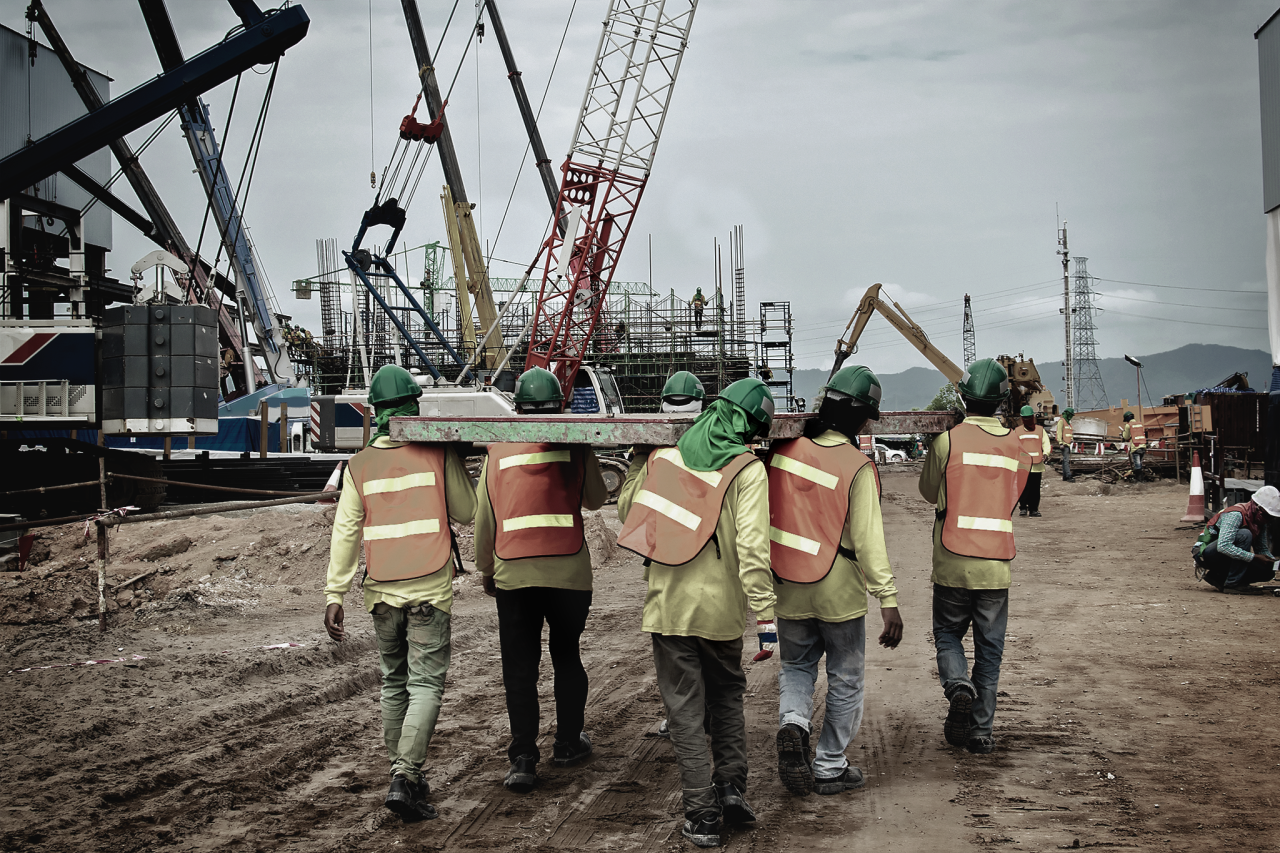
2. Spatial management
There’s never an ideal amount of physical space on a construction site, leading to safety risks and logistical bottlenecks. Poor spatial management, like site congestion, obstructions, access restrictions, etc., can hamper productivity and impede project workflows.
Therefore, it’s crucial to consider potential spatial issues throughout the lifespan of a project.
Building information modelling (BIM) and other technologies and methods have risen in popularity over the years, also raising the importance of proper spatial management in construction projects.
One lean construction methodology that’s useful for better spatial management is takt planning—an approach that helps reduce bottlenecks in construction projects by helping project managers create a logical flow of work.
This clear workflow helps prevent sudden bottlenecks and improve productivity by optimising the space on your construction site.
Further reading: 7 ideas to make implementing lean more successful for your construction projects
3. Risk management
The lack of a solid risk management plan can have negative consequences on your construction projects. The result is bottlenecks that can lead to a higher risk profile and greater risk of incidents.
The solution is setting up a risk management plan that’s specific to your construction workflow for each project.
A 2021 study found that not incorporating a comprehensive risk management plan can lead to bottlenecks in construction projects that affect achieving performance goals, including cost, budget, and build quality.
That same study recommends five risk management practices to help construction professionals avoid bottlenecks:
- Prioritise on-site management and supervision
- Improve workers’ educational training
- Respect and follow the information provided by project designers
- Communicate and coordinate with each team, client, and stakeholder
- Enhance your team’s construction skills and techniques
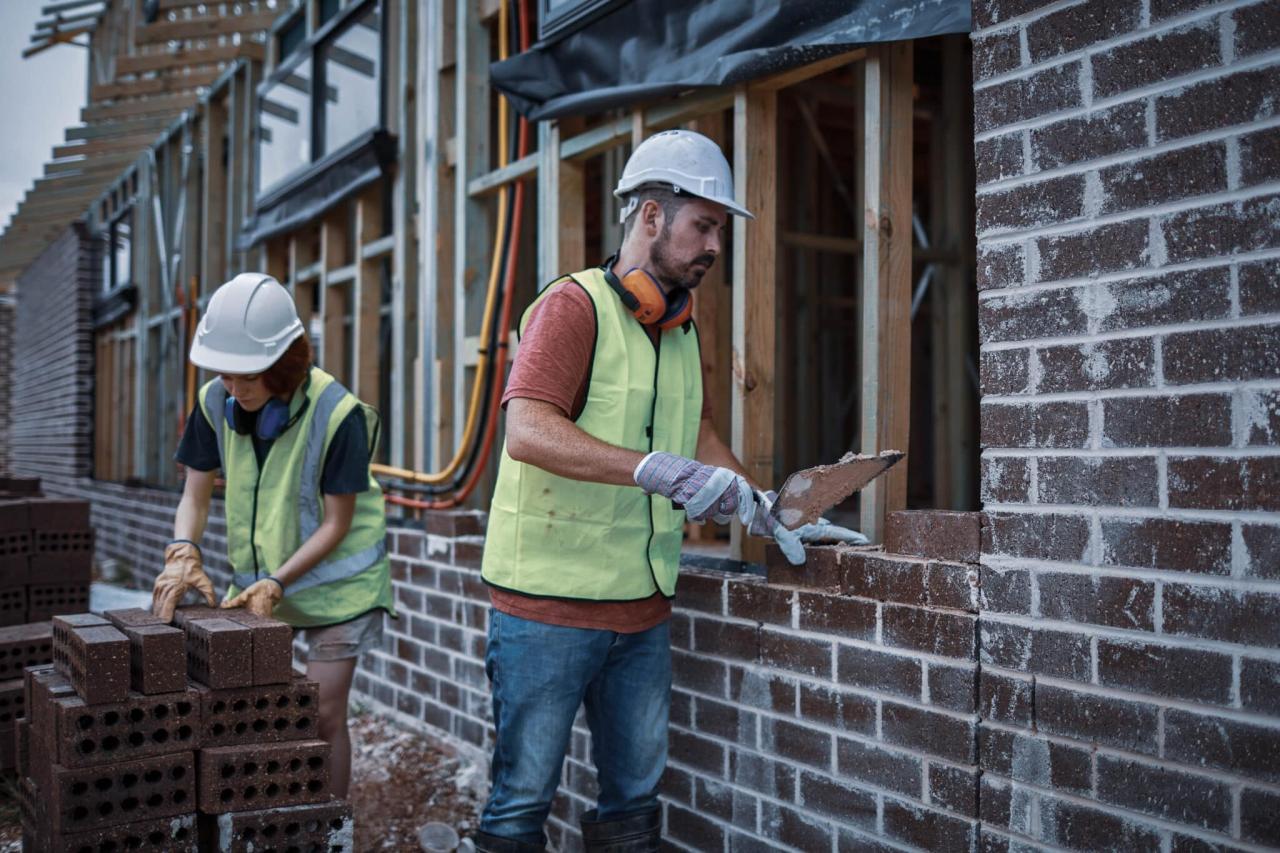
4. Equipment management
The fourth major bottleneck we often see in construction projects comes from the improper use or maintenance of equipment, tools, and machinery on the construction site. Unfortunately, when construction professionals struggle with budget constraints, they may cut costs on their equipment management, leading to productivity bottlenecks and potential safety hazards.
Fortunately, you can prevent this bottleneck in construction by following a simple rule: Invest in quality equipment. While the budget might seem steep up front, it can help you save on maintenance and repair costs as quality equipment wears better with time.
The rule goes for PPE, too—whether it’s hard hats, hearing protection, fall protection equipment, or anything in between.
More to read: Lean Design in Construction: Processes, Techniques, and Tools
How to proactively prevent bottlenecks in your projects
Project managers and construction executives know that a single bottleneck in construction projects can cause major setbacks, putting them over budget, ruining their schedule, and creating waste.
Preventing bottlenecks in construction before they pop up is the key—but how do you do that? The answer lies in the principles of lean construction.
Implementing lean techniques can help project managers proactively prevent bottlenecks in their construction projects by:
- Increasing worker satisfaction. This can help reduce turnover and combat the ongoing labour shortage by giving workers more control and eliminating wasted time working on unnecessary tasks.
- Cutting out inefficiencies. Lean methodologies help construction teams prevent bottlenecks by focusing on improving productivity, allowing teams to meet their deadlines in spite of labour shortages and supply disruptions.
- Improving risk management. Construction professionals who embrace lean principles can better plan for problems before they occur by creating contingency plans to ensure teams can make swift, appropriate decisions in the face of potential bottlenecks.
- Emphasising quality. Lean construction is all about continuous improvement, standardisation, and communication. This means fewer mistakes that lead to bottlenecks and better overall results during each project.
Ready to start experiencing fewer bottlenecks in your construction projects? Start here to learn more about implementing lean construction techniques in your organisation and schedule your free demo of LetsBuild to optimise your construction planning, scheduling, reporting, communication, and more.
